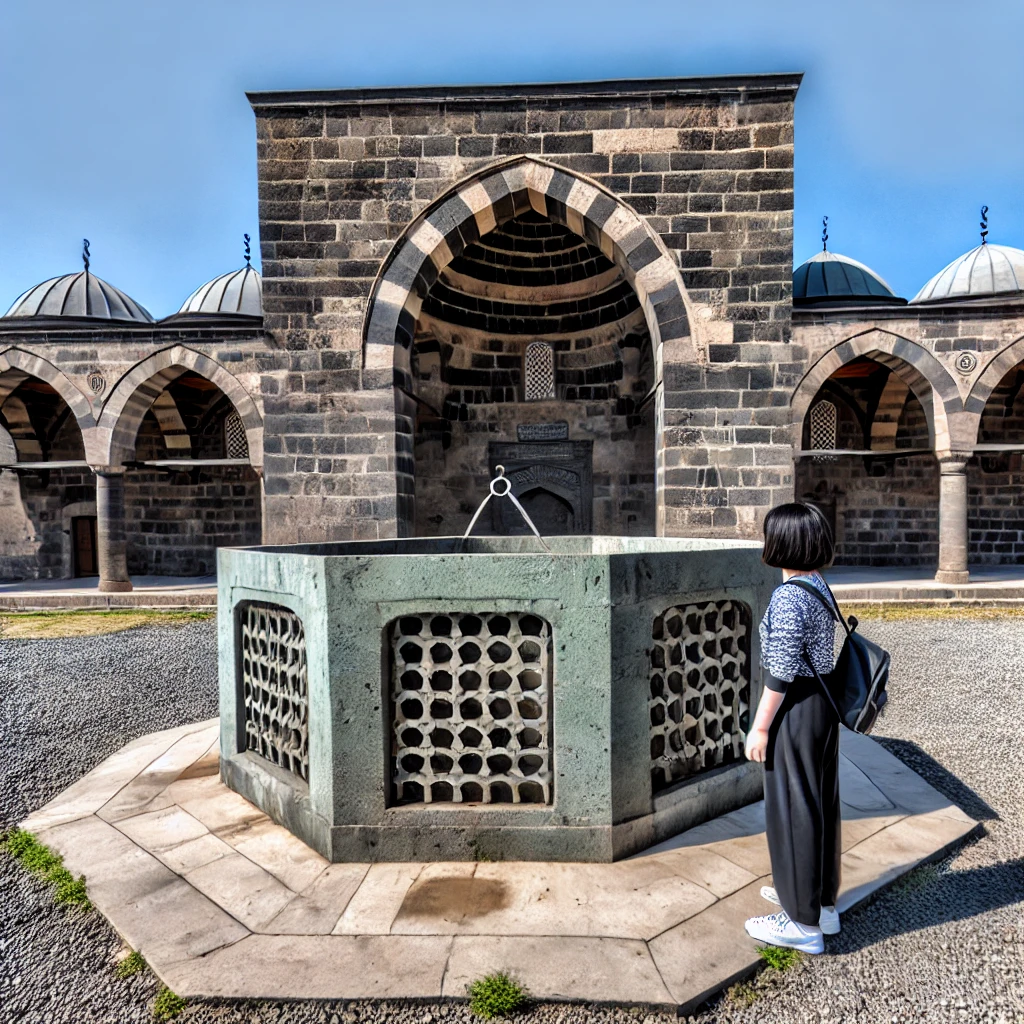ChatGPT:
Diyarbakır, Turkey: Origin, History, and Development
Diyarbakır, located in southeastern Turkey, is one of the oldest continuously inhabited cities in the world. Renowned for its rich cultural heritage, distinctive architecture, and strategic position, the city has been a crossroads of civilizations for millennia.
Origins
• Early Settlement: The area around Diyarbakır has been inhabited since prehistoric times, with archaeological evidence dating back to the Paleolithic era. Its location on the banks of the Tigris River made it an attractive site for early human settlement.
• Amid Civilization: By the 3rd millennium BCE, it was a part of the Akkadian Empire and later the Hurrian and Hittite civilizations. Known by its ancient name Amida, it became a center of trade and military significance.
Historical Development
1. Classical and Roman Period:
• In the 4th century BCE, Diyarbakır was conquered by Alexander the Great and later became part of the Seleucid Empire.
• During the Roman era, Amida was heavily fortified, becoming a key garrison town. The Romans built massive city walls, some of which still stand today as a UNESCO World Heritage Site.
2. Byzantine and Sassanid Control:
• Diyarbakır oscillated between Byzantine and Sassanid Persian control during the late antique period due to its strategic importance on the frontier.
3. Islamic Era:
• In 639 CE, the city was conquered by Arab Muslim armies and integrated into the Rashidun Caliphate.
• Under various Islamic dynasties, including the Umayyads, Abbasids, and Artuqids, Diyarbakır flourished as a center of Islamic culture, science, and architecture.
4. Medieval Period:
• The city became the capital of the Artuqid dynasty (12th–13th centuries), during which it saw the construction of iconic mosques, madrasas, and public buildings.
• Later, it fell under the rule of the Ayyubids, Seljuks, and eventually the Ottoman Empire in 1515.
5. Ottoman Period:
• Diyarbakır became a provincial capital under the Ottomans, known for its multi-ethnic and multi-religious population, including Turks, Kurds, Armenians, and Assyrians.
• The city’s economy thrived on trade and crafts, including its famous Diyarbakır Watermelon and intricate black basalt stone architecture.
6. Modern Era:
• Following the collapse of the Ottoman Empire, Diyarbakır became part of the Republic of Turkey in 1923.
• It remains a major cultural, political, and economic hub in southeastern Turkey, often regarded as the unofficial capital of the Kurdish region.
Development and Cultural Significance
• Architecture: The Diyarbakır City Walls and Hevsel Gardens are UNESCO World Heritage Sites, symbolizing the city’s long-standing strategic and cultural importance.
• Language and Culture: Diyarbakır is a center for Kurdish culture in Turkey, alongside its historic Armenian, Assyrian, and Turkish heritage.
• Economy: Today, the city thrives on agriculture, livestock, and tourism. Its markets are famous for copper craftsmanship and silk production.
• Challenges: In recent decades, Diyarbakır has faced political and social challenges due to its role in Turkey’s Kurdish conflict, but it continues to serve as a beacon of resilience and cultural pride.
Diyarbakır’s layered history and vibrant present make it a fascinating destination, where ancient traditions coexist with modern life, telling the story of a city that has stood the test of time.
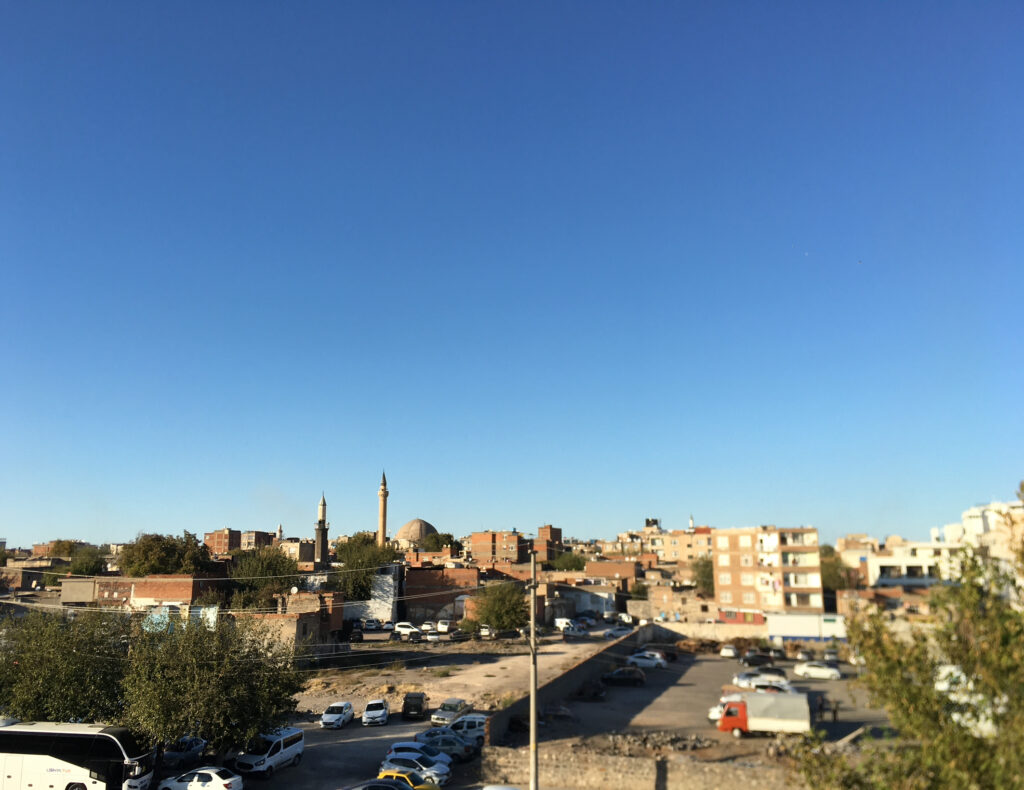
Historical Monuments and Tourist Attractions in Diyarbakır
Diyarbakır boasts a rich array of historical monuments and attractions, reflecting its diverse cultural and historical heritage. Below is a list of the major sites, including approximate dates:
1. Diyarbakır City Walls and Gates (4th century CE)
• Built during the Roman period and expanded during the Byzantine era, these basalt walls stretch over 5.8 km and feature 82 watchtowers and 4 main gates:
• Mardin Gate, Harput Gate, Yeni Kapı (New Gate), and Dağ Gate.
• Recognized as a UNESCO World Heritage Site.
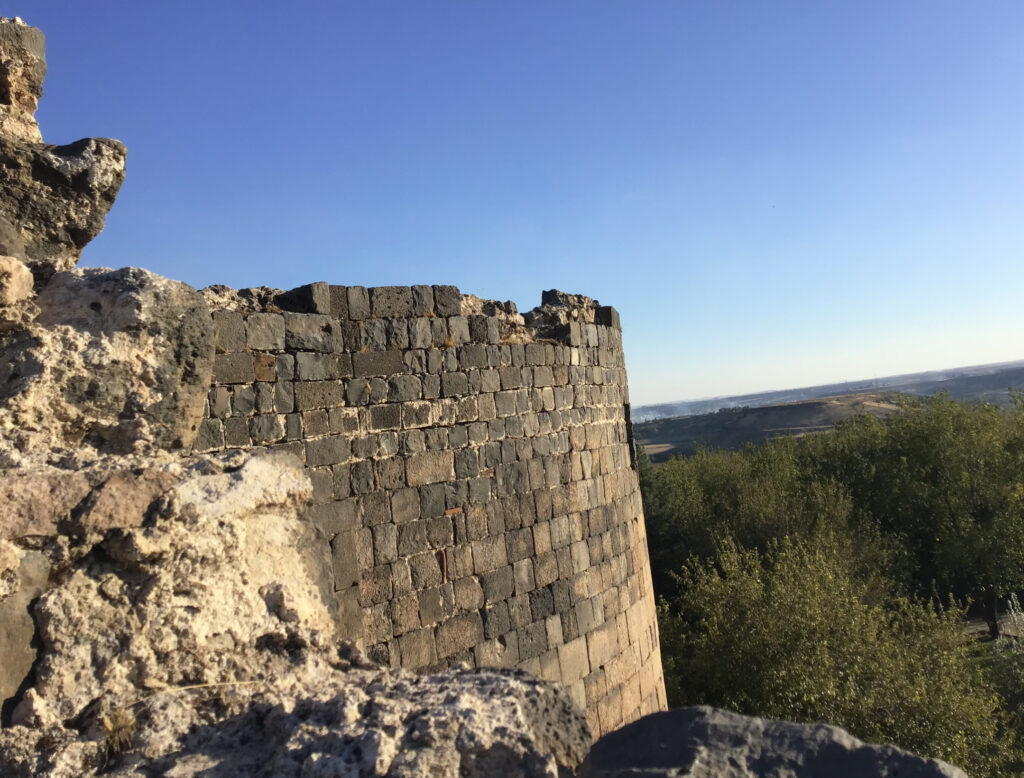
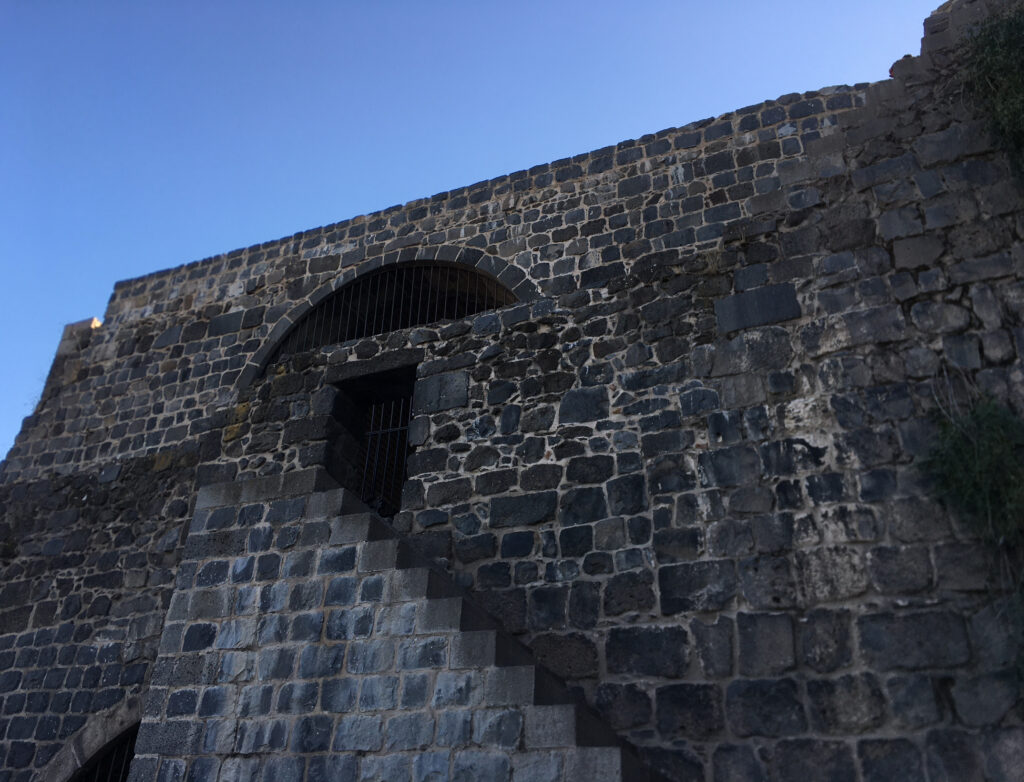
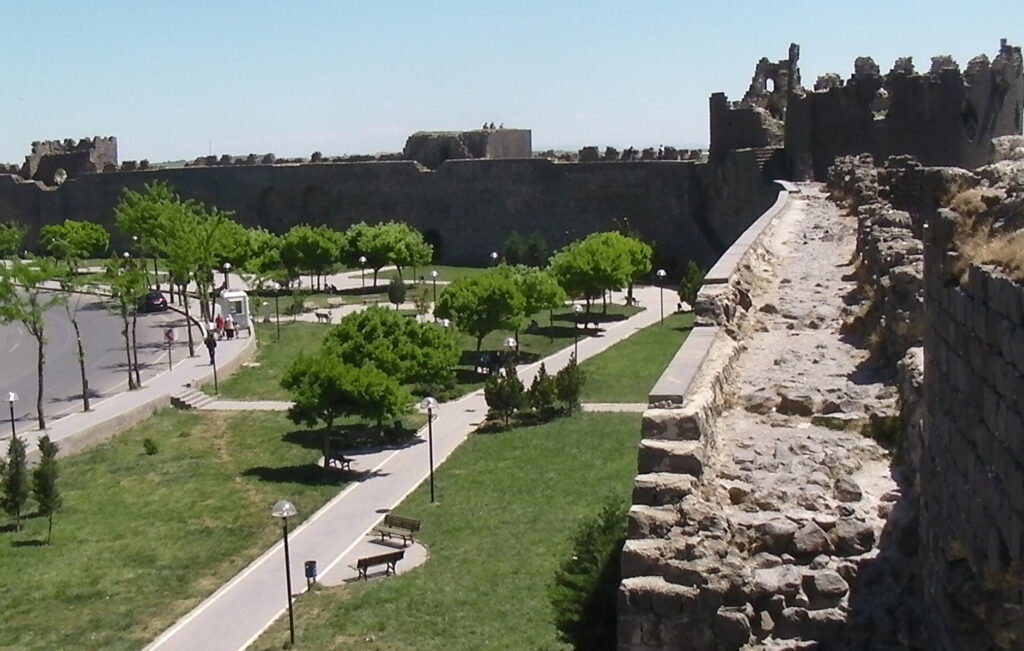
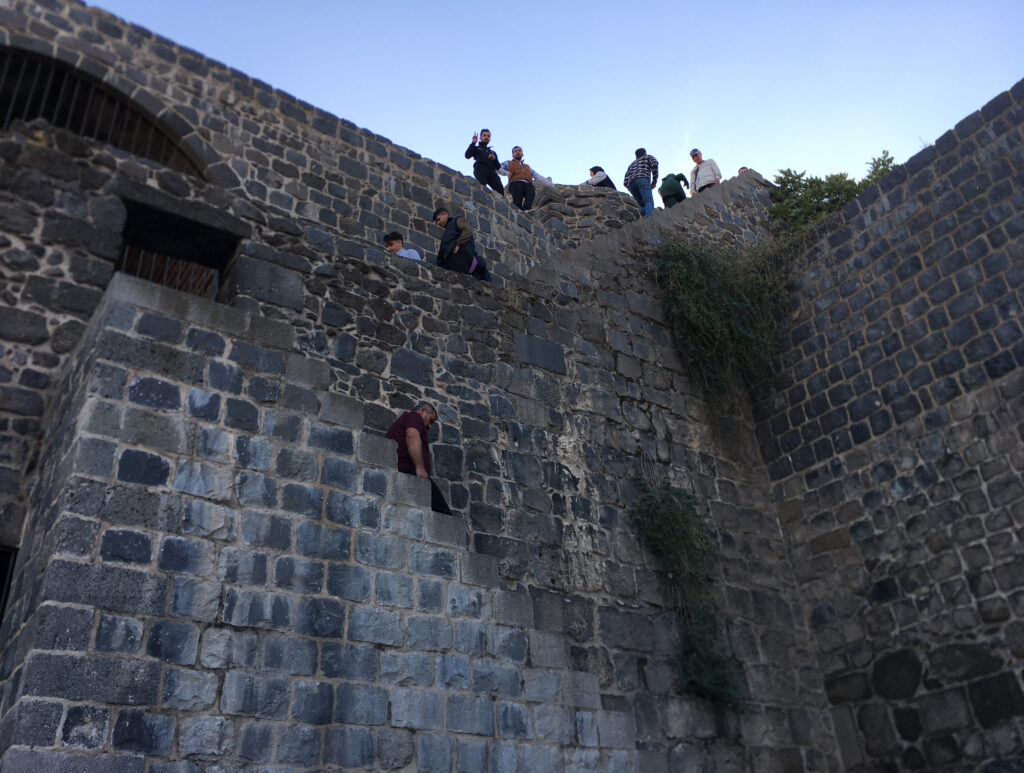
2. Hevsel Gardens (Ancient to Present)
• An agricultural area that has sustained the city for thousands of years, located between the city walls and the Tigris River.
• Also part of the UNESCO World Heritage Site designation.
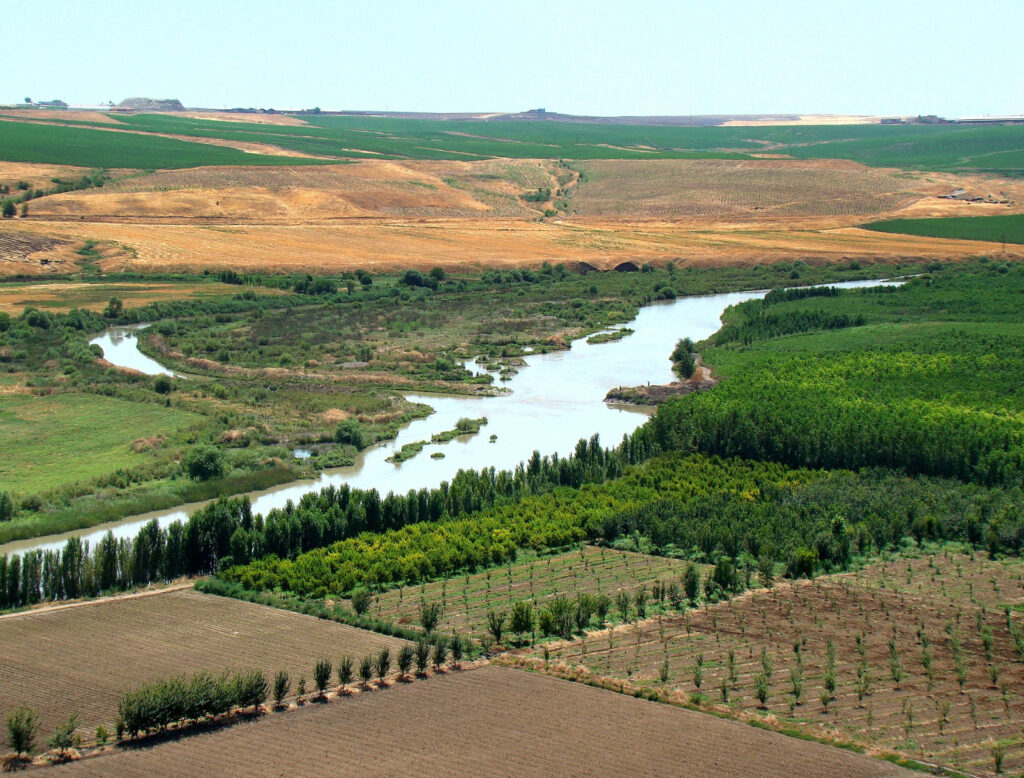
3. Great Mosque of Diyarbakır (Ulu Cami) (11th century)
• Constructed in 1091 during the Seljuk period on the site of a former Christian basilica.
• One of the oldest mosques in Anatolia and an architectural masterpiece with stunning Islamic calligraphy.
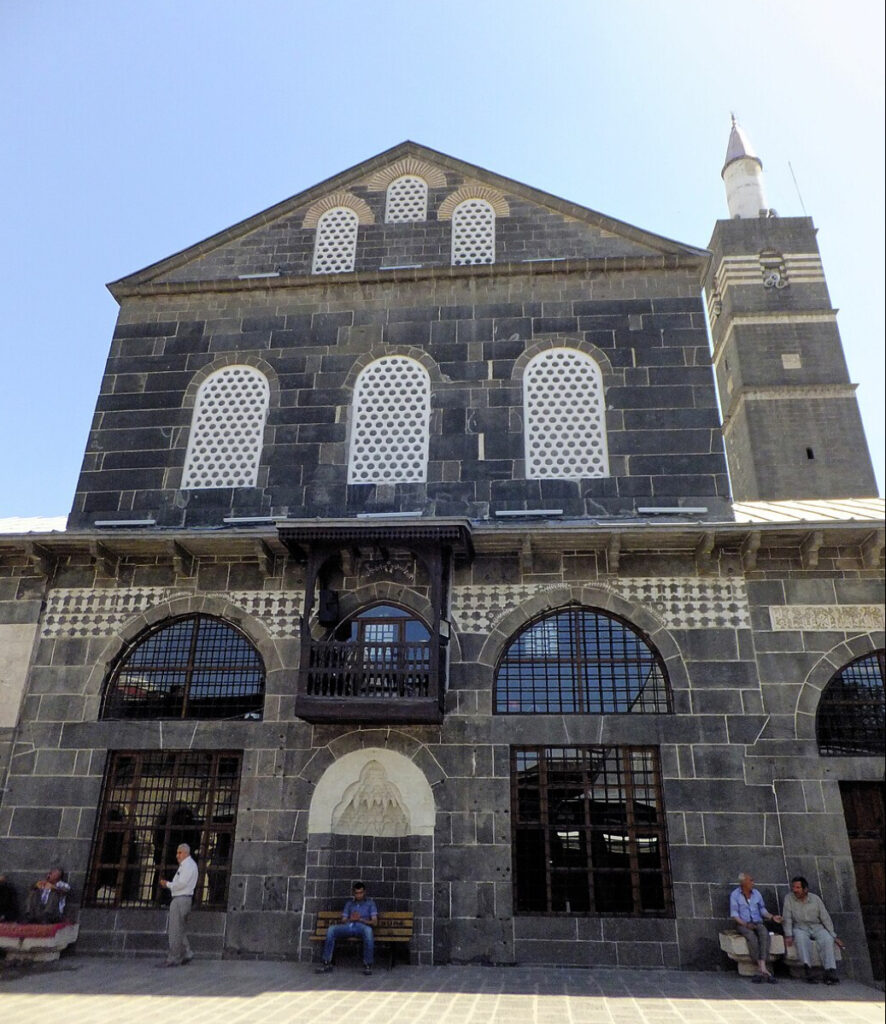
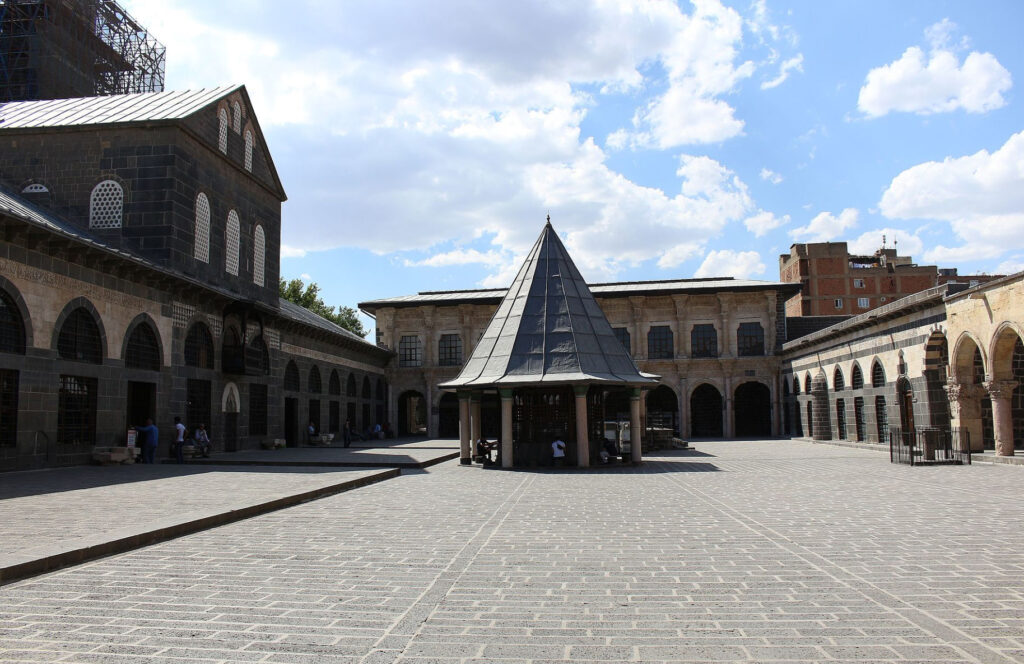
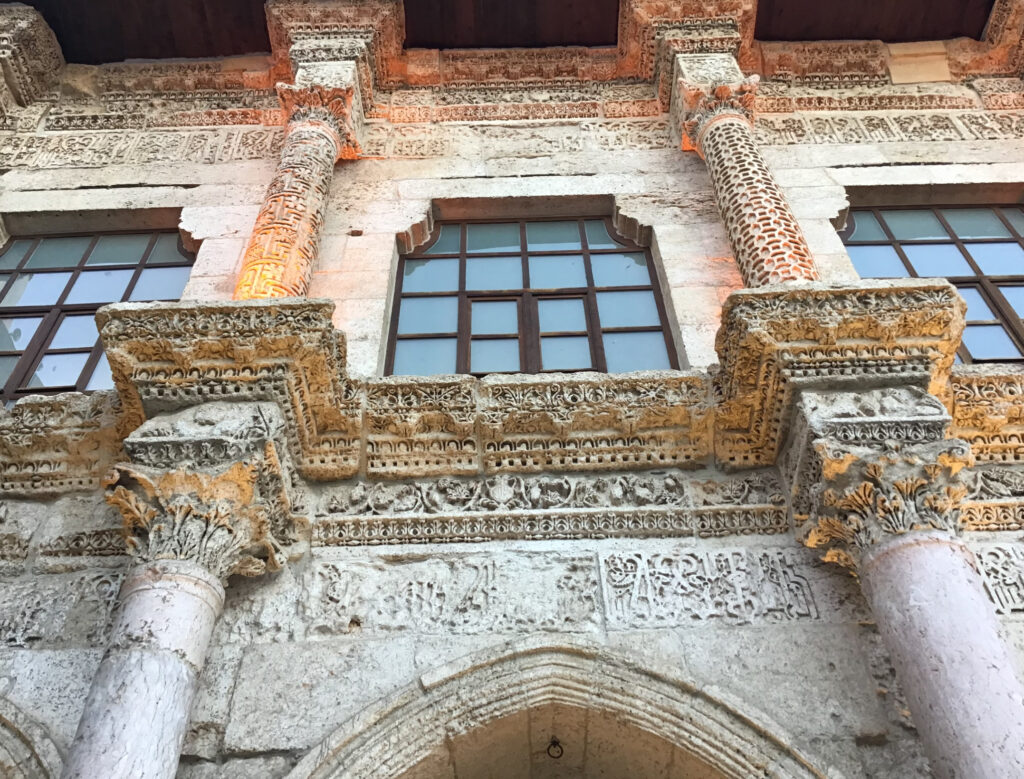
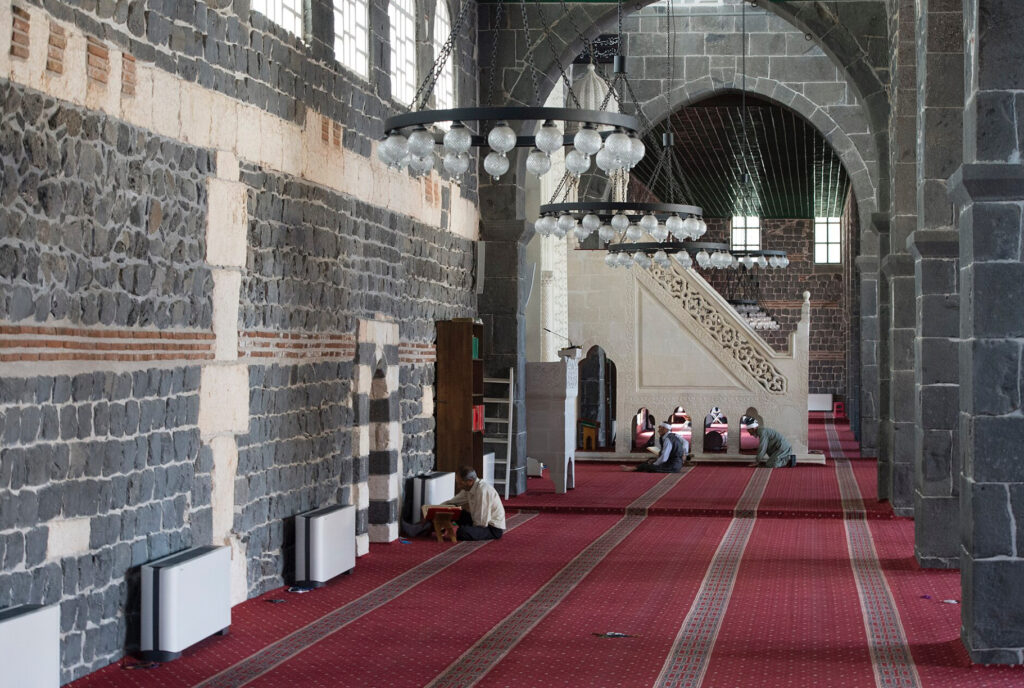
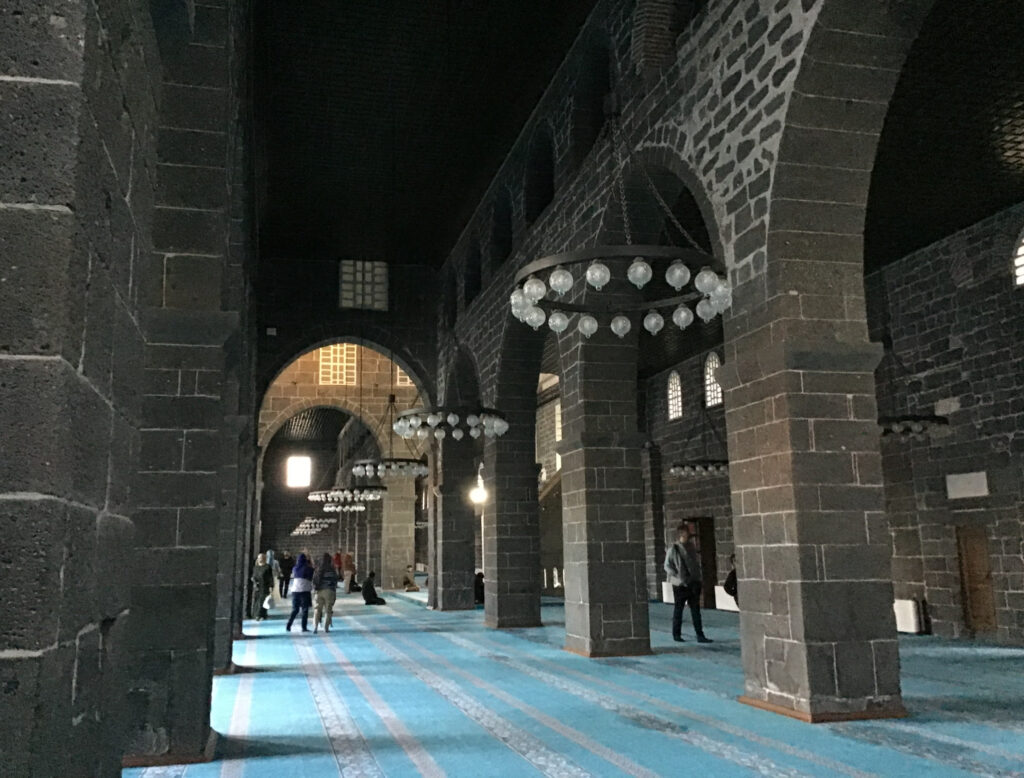
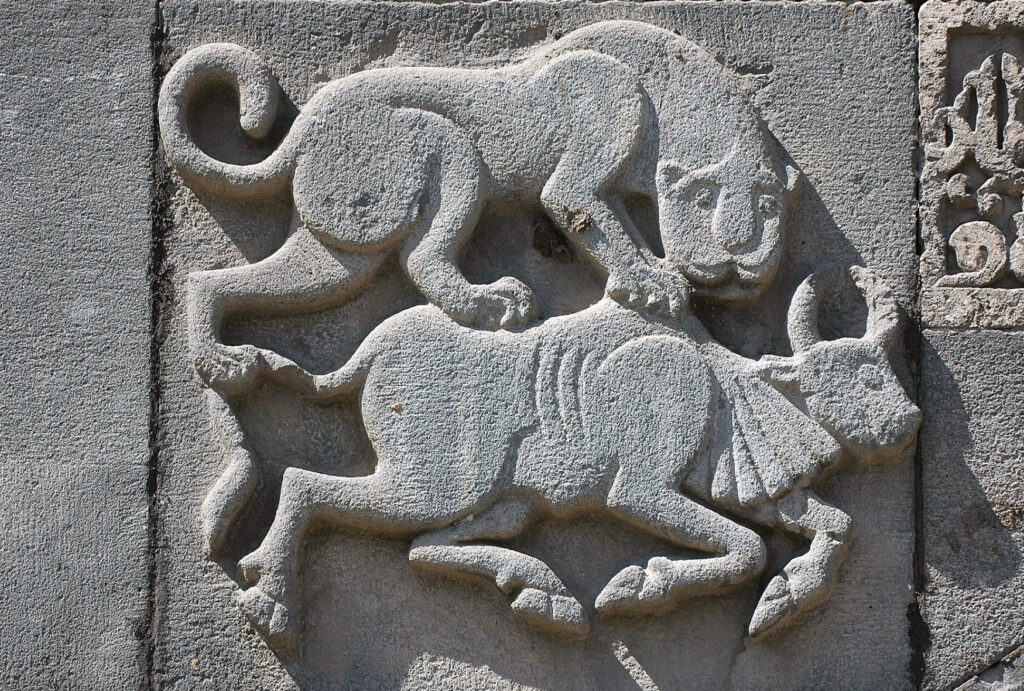
4. Hasan Paşa Hanı (16th century)
• Built in 1573 during the Ottoman period as a caravanserai for traders.
• Now a bustling spot with cafés and shops.
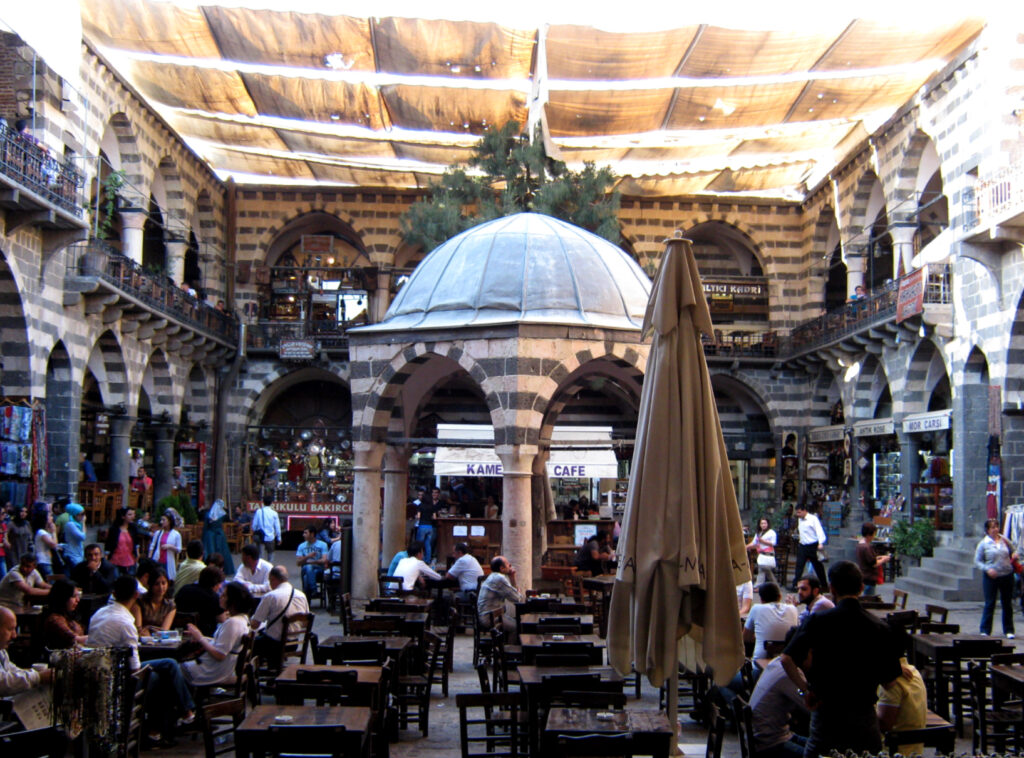
5. Four-legged Minaret (Şeyh Mutahhar Mosque Minaret) (16th century)
• Built during the Akkoyunlu period, the mosque’s unique minaret stands on four basalt pillars, symbolizing unity.
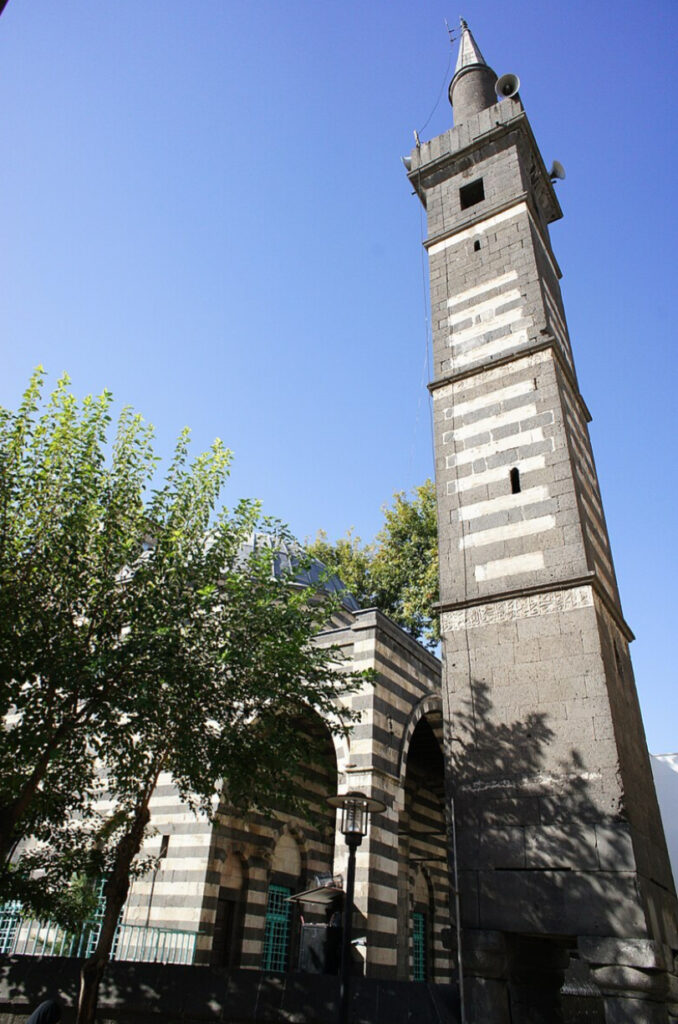
6. Behram Paşa Mosque (16th century)
• An Ottoman-era mosque built in 1572 by the governor Behram Paşa, featuring intricate stone carvings.
7. Virgin Mary Church (Mor Giragos Church) (3rd century, rebuilt in the 16th century)
• A historic Assyrian Orthodox church, still active today and one of the largest churches in the Middle East.
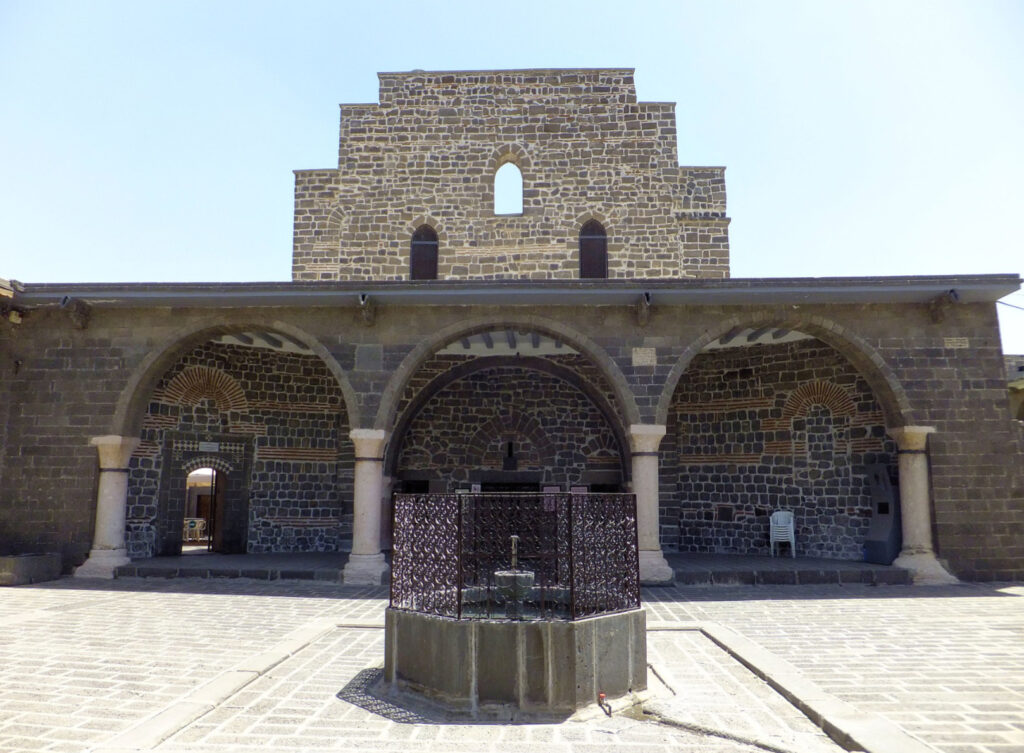
8. Saint Giragos Armenian Church (16th century, restored in 2011)
• A prominent Armenian Apostolic church that was abandoned in the early 20th century and restored for use and cultural events.
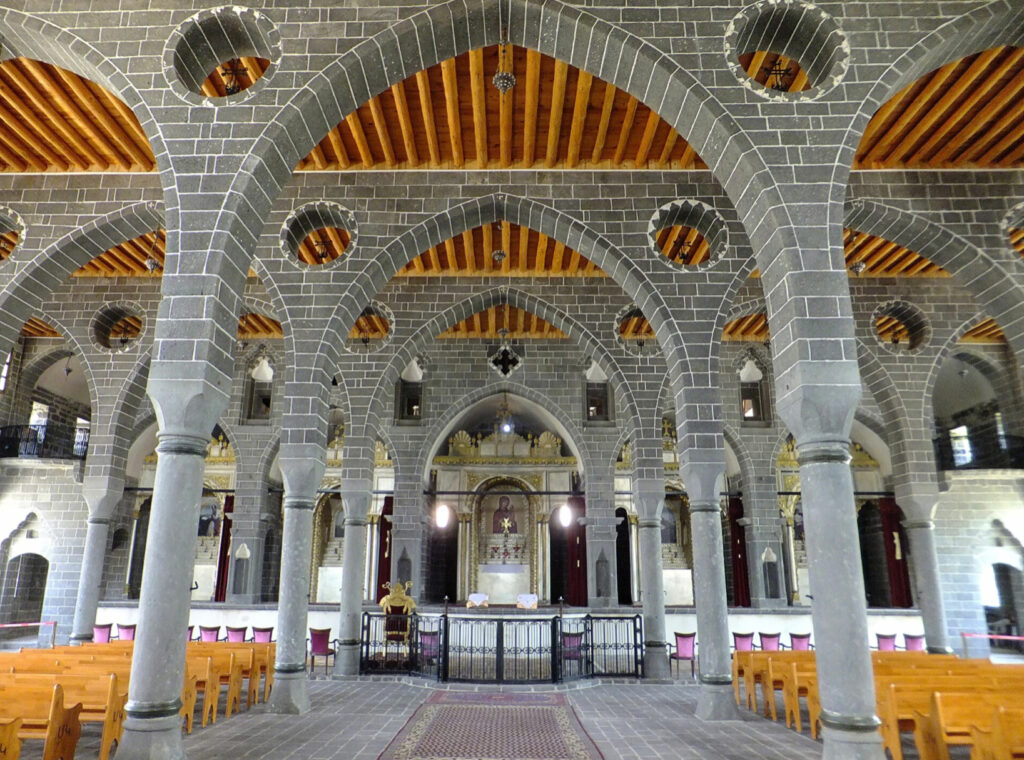
9. Ziya Gökalp Museum (19th century)
• The birthplace of Ziya Gökalp, a prominent Turkish sociologist, now preserved as a museum showcasing Ottoman-era architecture.
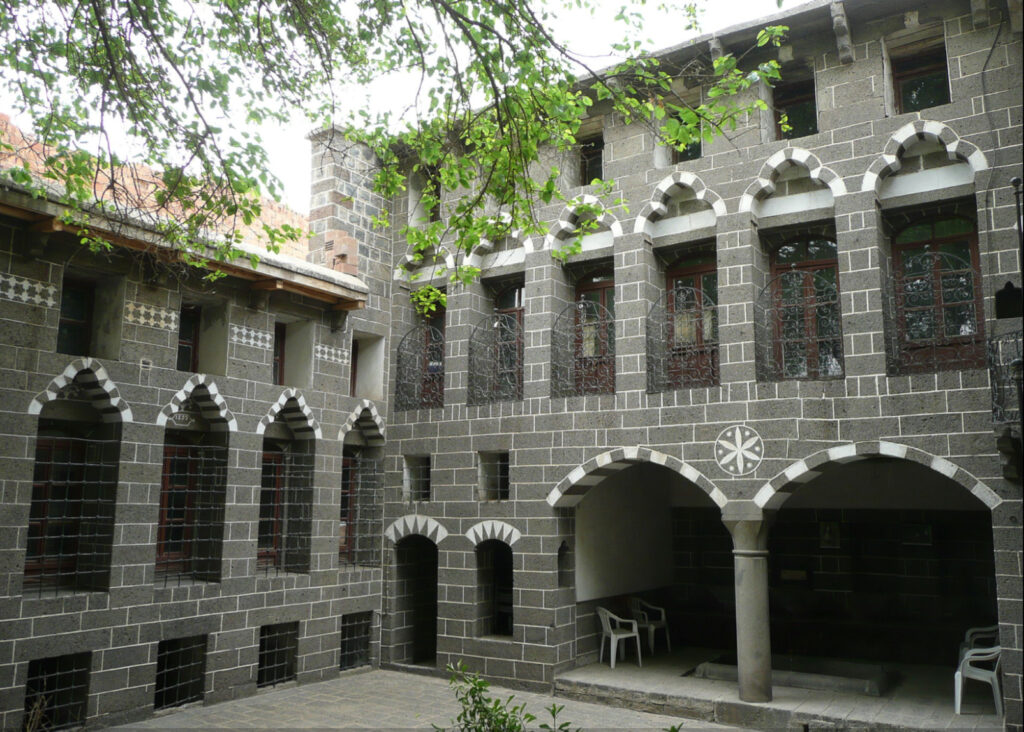
10. Cahit Sıtkı Tarancı Museum (18th century)
• A traditional Ottoman house dedicated to the famous Turkish poet Cahit Sıtkı Tarancı, featuring his personal belongings and manuscripts.
11. On Gözlü Köprü (Ten-Eyed Bridge) (11th century)
• An iconic bridge spanning the Tigris River, built during the Artuqid period. It features ten arches and is a popular photography spot.
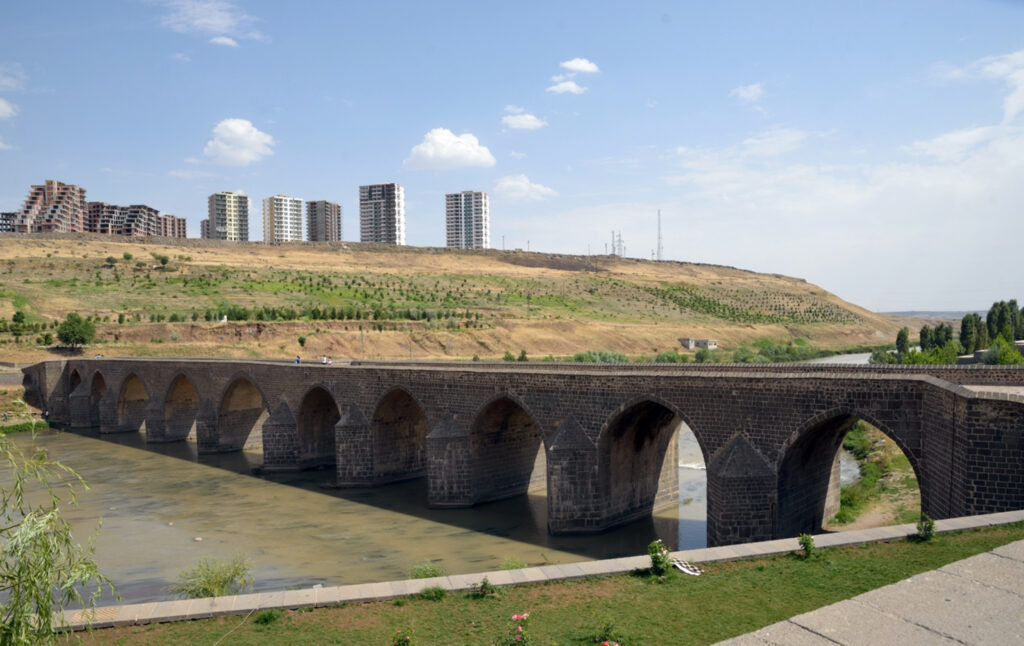
12. Mesudiye and Zinciriye Madrasas (12th century)
• Located near the Ulu Cami, these are important centers of Islamic learning from the Seljuk period.
13. Deliller Hanı (1527)
• A caravanserai built during the Ottoman era, now converted into a boutique hotel and cultural venue.
14. Cemil Paşa Mansion (19th century)
• A large Ottoman-era mansion showcasing the traditional architecture and lifestyle of Diyarbakır’s elite.
Other Attractions
• Diyarbakır Archeological Museum: Houses artifacts from the Paleolithic, Neolithic, and Bronze Ages, as well as the Assyrian, Roman, and Ottoman periods.
• Dicle Bridge (10th century): A medieval bridge offering picturesque views of the Tigris River.
• Kervansaray Hotel: Formerly a caravanserai, now a restored luxury accommodation.
Natural Attractions
1. Tigris River: Scenic spots along the river provide opportunities for leisure and photography.
2. Mount Karacadağ: Known for its volcanic landscape and opportunities for hiking.
3. Göksu Park: A tranquil green space ideal for picnics and relaxation.
Diyarbakır’s monuments and attractions provide a window into its multi-layered history, making it a fascinating destination for both history enthusiasts and casual tourists.
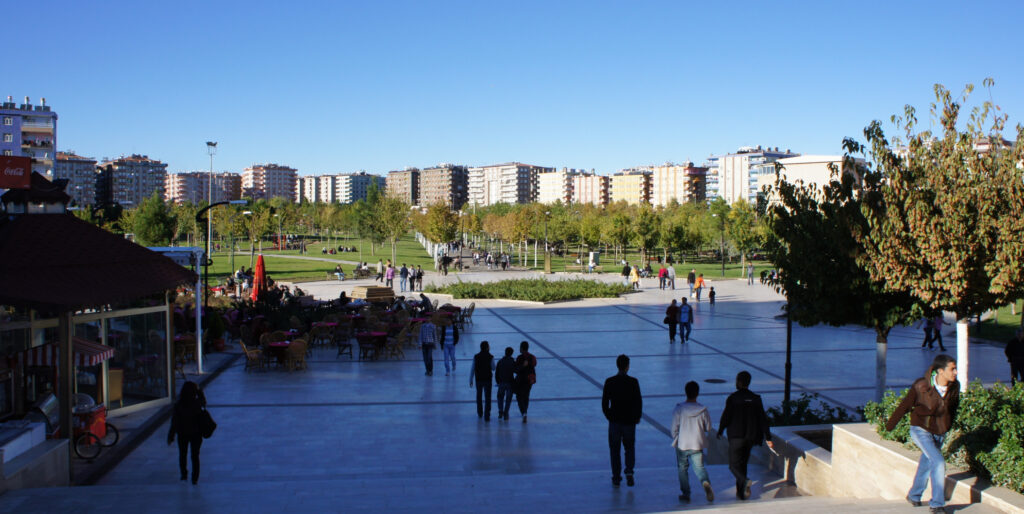
One-Day Itinerary for Visiting Diyarbakır
This itinerary captures the highlights of Diyarbakır’s history, culture, and cuisine.
Morning
8:30 AM – Breakfast at Hasan Paşa Hanı
• Start your day at Hasan Paşa Hanı, a beautifully preserved Ottoman-era caravanserai.
• Enjoy a traditional Diyarbakır breakfast with dishes like meftune (lamb and vegetable stew), fresh cheeses, olives, tahini, honey, and warm flatbreads. Pair it with locally brewed tea.
9:30 AM – Explore Diyarbakır City Walls and Gates
• Walk along the Diyarbakır City Walls, a UNESCO World Heritage Site, and visit the Mardin Gate for panoramic views of the city and the surrounding countryside.
• Don’t miss the Dağ Gate, which offers a dramatic vantage point over the Tigris River.
10:30 AM – Great Mosque of Diyarbakır (Ulu Cami)
• Visit one of the oldest mosques in Anatolia, dating back to 1091. Admire its basalt stone architecture and intricate calligraphy.
• Explore the nearby Mesudiye and Zinciriye Madrasas to gain insight into the city’s Islamic educational heritage.
Midday
12:00 PM – Lunch at Kadayıfçı Sıtkı Usta
• Savor kaburga dolması (stuffed lamb ribs with rice and spices) or ciğer kebabı (grilled lamb liver skewers), two local delicacies.
• End with kadayıf, a sweet dessert made of shredded phyllo dough and pistachios, accompanied by Turkish coffee.
1:30 PM – Saint Giragos Armenian Church and Virgin Mary Church
• Visit the restored Saint Giragos Armenian Church, a symbol of Diyarbakır’s multicultural past.
• Continue to the Virgin Mary Church, a still-active Assyrian Orthodox church with roots dating back to the 3rd century.
Afternoon
2:30 PM – Four-legged Minaret and Surrounding Streets
• See the unique Four-legged Minaret at the Şeyh Mutahhar Mosque, built on four basalt pillars.
• Stroll through the nearby narrow streets of the old town to experience traditional Diyarbakır architecture and daily life.
3:30 PM – Tea Break at Sülüklü Han
• Enjoy a mid-afternoon break at Sülüklü Han, a 17th-century han with a peaceful courtyard. Sip on menengiç coffee, a local specialty made from roasted terebinth berries, and soak in the ambiance.
Evening
4:30 PM – On Gözlü Köprü (Ten-Eyed Bridge)
• Visit this iconic 11th-century bridge over the Tigris River. Enjoy the serene views and take photos during the golden hour.
6:00 PM – Dinner at Hacı Baba
• End your day with a hearty meal featuring Diyarbakır’s famous meftune or sütlü kadayıf (a milk-based dessert).
• For a lighter option, try lahmacun (thin Turkish flatbread with spiced minced meat) served with fresh greens and lemon.
7:30 PM – Evening Walk along the Hevsel Gardens
• Take a relaxing stroll in the Hevsel Gardens, a UNESCO-listed site, as the day winds down. Enjoy the peaceful atmosphere by the Tigris River.
This itinerary provides a blend of historical exploration, cultural immersion, and authentic culinary experiences, making the most of your day in Diyarbakır.
